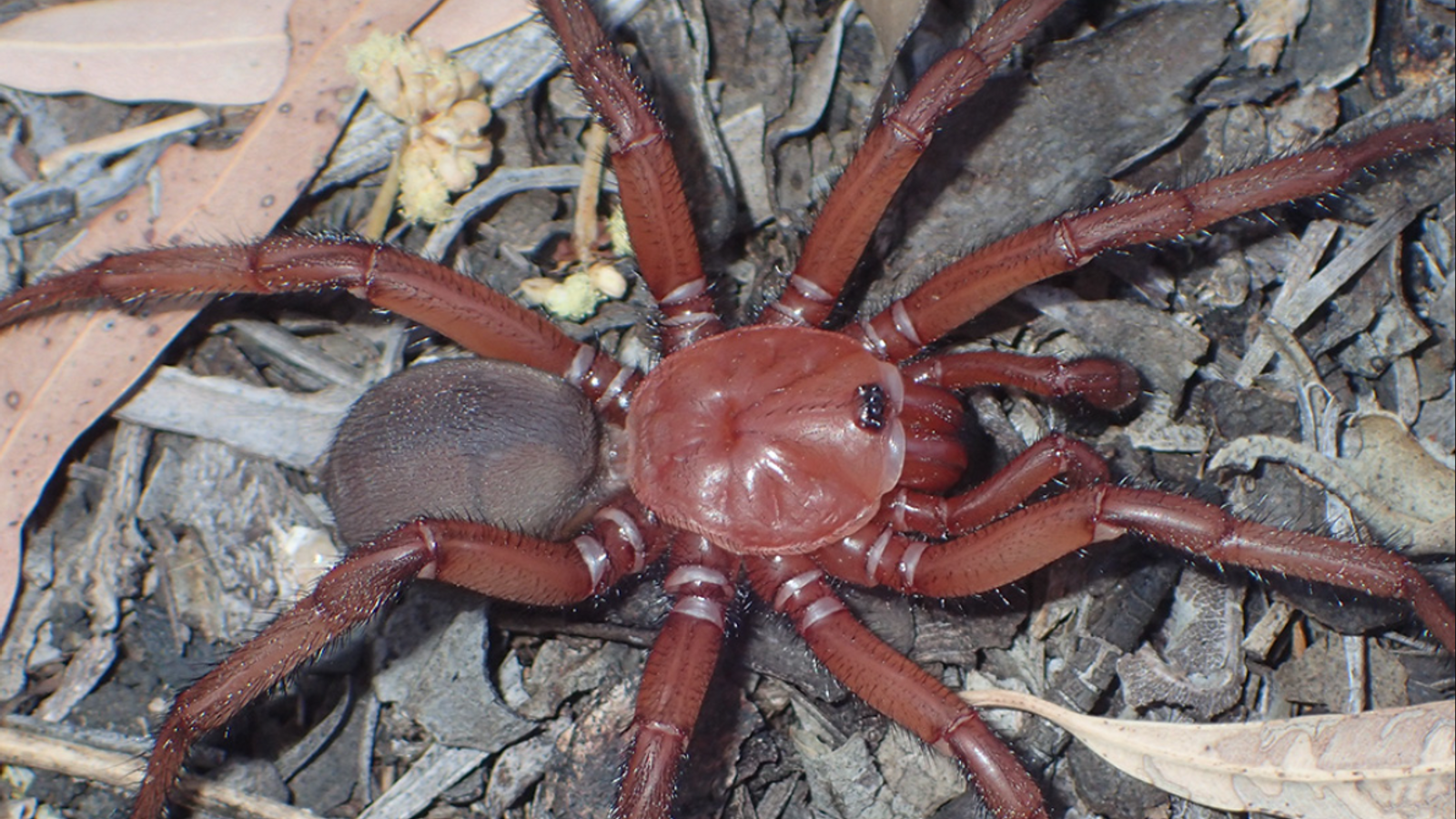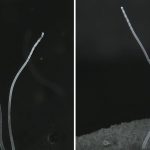A new and “rare” species of giant trapdoor spider has been discovered in Australia.
The large eight-legged arachnid is so big that it has been named “Euoplos dignitas” – meaning dignity or greatness in Latin – in honour of its “impressive” size.
Researchers say the female spiders, which are typically larger than the males, can grow up to five centimetres in body length.
“It’s a big, beautiful species,” said one of the lead researchers, Dr Michael Rix, who is the curator of arachnology at Queensland Museum.
However, the chance of encountering the spider is fairly low, scientists say.
The spider lives in open woodland habitats and builds its burrows in the black soils of the Brigalow Belt in Central Queensland, which is on the northeastern coast of Australia.
However, these woodlands have been fractured by over 150 years of human development, and now include some of Queensland’s most threatened ecological communities.
Researchers say the spider, which can live up to 20 years in the wild, has lost much of its habitat to land clearing, likely making it an endangered species.
It is known to exist in very few locations around the rural towns of Eidsvold and Monto.
Read more:
More than 220 animal and plant species discovered in Greater Mekong
New species of owl discovered off the west coast of Africa
According to Dr Rix, female spiders of the new species spend their lives underground, while male spiders, described as being “honey-red” in colour, leave their burrows after around five to seven years in order to find a mate.
The spiders are mostly active at night, sitting at the trapdoor of their burrows and waiting for insects to pass, before striking out.
They use venom to subdue their prey. However, Dr Rix says that they are not dangerous to humans.
Be the first to get Breaking News
Install the Sky News app for free
In a video posted to announce the discovery, Dr Rix said the experts were excited to “scientifically document this new species”.
Dr Jeremy Wilson, research assistant in arachnology with the Queensland Museum Network, said naming the new species has real-life positive ramifications for it because a known species means “it can be protected”.
The research was conducted with the support of Project DIG, a five-year partnership involving the Queensland Museum Network and the mining firm BHP.






















